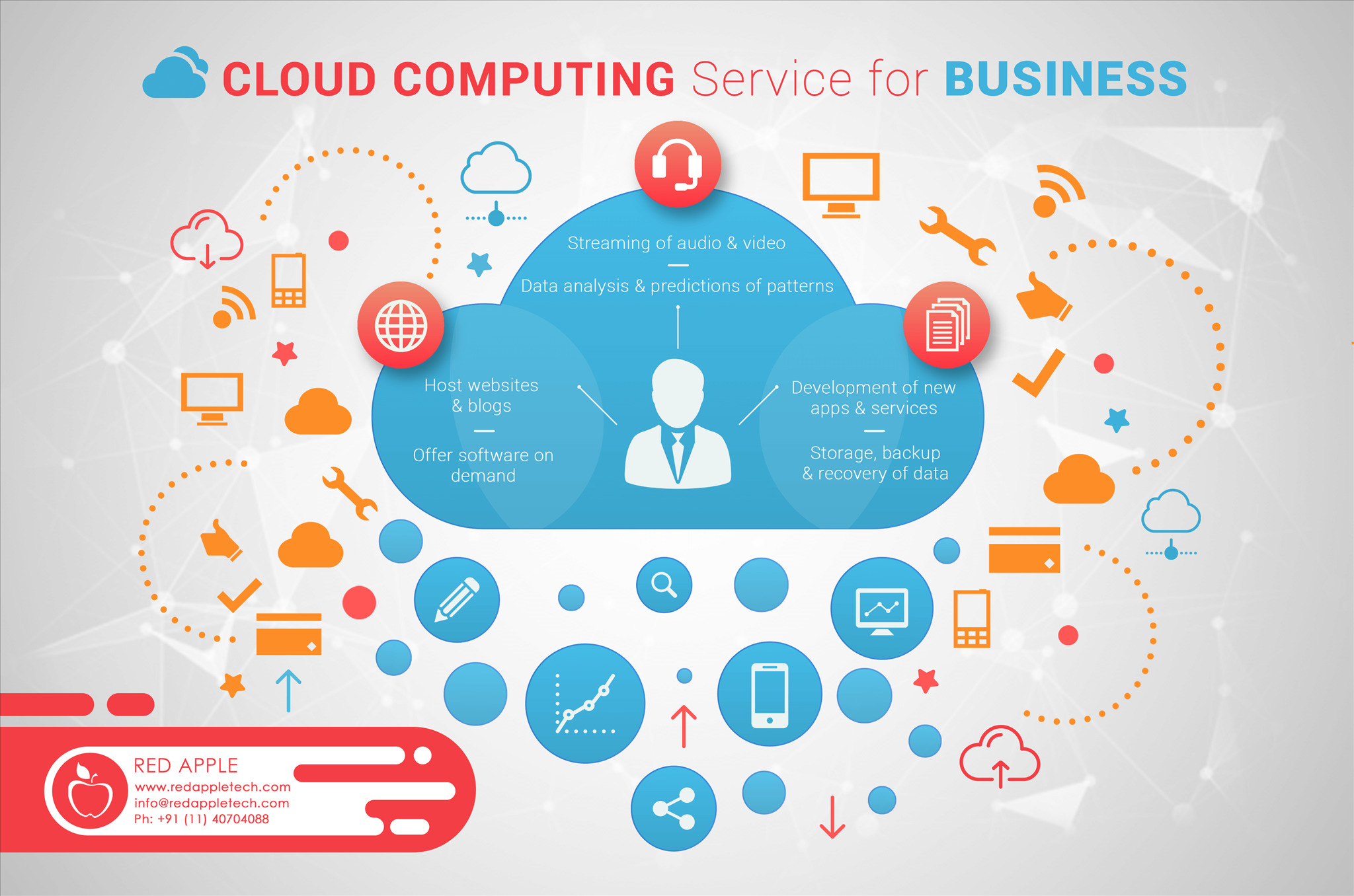Boost Your Business with LinkDaddy Cloud Services: Unleashing Universal Cloud Service Potential
Boost Your Business with LinkDaddy Cloud Services: Unleashing Universal Cloud Service Potential
Blog Article
Simplify Your Infrastructure With Cloud Provider
As businesses browse the ever-evolving landscape of modern technology and data management, the role of cloud services in streamlining framework has ended up being significantly popular. Exactly how can businesses efficiently browse this change and really unlock the capacity of cloud services for simplifying their framework?
Benefits of Cloud Services
Cloud solutions use a structured strategy to managing IT framework, giving organizations with versatility, scalability, and cost-efficiency. One of the key benefits of cloud solutions is the scalability they use.
Furthermore, cloud services get rid of the requirement for services to buy expensive software and hardware. This cost-efficiency is a considerable benefit, specifically for little to medium-sized enterprises looking to reduce upfront prices. By utilizing cloud services, organizations can access high-grade IT sources without the hefty cost related to traditional facilities configurations.
Additionally, cloud solutions offer services with the flexibility to access their data and applications from anywhere with a web link. This degree of ease of access boosts collaboration among teams, makes it possible for remote work, and enhances total productivity. The versatility supplied by cloud solutions empowers services to adjust quickly to changing market conditions and client needs.
Price Savings and Scalability
Along with the operational benefits highlighted previously, the assimilation of cloud services right into a company's infrastructure generates considerable cost savings and boosted scalability. Cloud services provide a pay-as-you-go model, permitting organizations to range sources up or down based on current demands, thus avoiding the prices connected with keeping excess capability. This flexibility allows business to adapt quickly to rising and fall demands without sustaining unnecessary costs.
In addition, cloud services remove the demand for upfront financial investments in software and hardware, minimizing capital investment. Operating budget are also decreased as firms no more need to manage and keep physical web servers, bring about reduced energy consumption and IT staffing costs. Additionally, cloud solutions provide automated updates and upkeep, making sure that the facilities stays secure and current without requiring manual treatments.
Enhanced Protection Actions
Applying rigid security steps is extremely important when integrating cloud solutions into a firm's framework to guard sensitive data and guarantee compliance with sector regulations. Cloud solution carriers offer boosted protection functions such as data security, firewall program security, and multi-factor authentication to mitigate cybersecurity threats.
Moreover, routine protection audits and conformity evaluations aid make certain and determine vulnerabilities adherence to market standards. Firms can likewise take advantage of functions like automated protection updates and real-time danger tracking provided by cloud solution carriers. By focusing on safety and security actions and remaining aggressive in addressing possible dangers, businesses can confidently leverage find out here cloud solutions while safeguarding their valuable information from unauthorized accessibility or breaches.
Transitioning to Cloud Framework
To effectively integrate cloud solutions into a business's facilities, a structured technique that resolves the shift in the direction of cloud-based find more information solutions is crucial. Transitioning to shadow infrastructure entails cautious planning and execution to ensure a smooth movement process. The initial step is to examine the present framework and determine which applications and systems appropriate for movement to the cloud. This assessment must take into consideration factors such as data level of sensitivity, conformity needs, and performance requirements.
As soon as the assessment is complete, a migration approach ought to be created. This method must outline the timeline, resources, and duties for moving each component to the cloud. It is vital to connect this plan plainly to all stakeholders to make certain positioning and lessen disruptions throughout the shift.
During the movement tracking, process and testing are essential to determine and deal with any concerns quickly. Regular checkpoints need to be established to track progress and make necessary modifications. Furthermore, training for employees on making use of cloud solutions ought to be provided to make certain an effective transition and make best use of the advantages of the new framework.
Finest Practices for Cloud Adoption
Successful fostering of cloud services hinges on the critical positioning of company goals with technical abilities and organizational preparedness. To ensure a smooth change to the cloud, companies ought to begin by carrying out an extensive assessment of their existing infrastructure and recognizing which work are best suited for cloud movement. It is crucial to involve vital stakeholders from various divisions in the decision-making procedure to gain buy-in and address any kind of problems early.
One more best technique for cloud adoption is to prioritize protection and conformity. Organizations has to carefully review the protection steps used by cloud provider and make certain that their data is shielded according to industry standards news and governing requirements. Executing durable information encryption, access controls, and regular safety audits can help mitigate risks connected with cloud adoption.

Verdict

As organizations navigate the ever-evolving landscape of technology and data monitoring, the role of cloud solutions in simplifying framework has come to be significantly prominent - linkdaddy cloud services. Just how can organizations efficiently browse this shift and truly unlock the capacity of cloud services for streamlining their infrastructure?
Cloud services use a streamlined strategy to handling IT facilities, supplying businesses with flexibility, scalability, and cost-efficiency. By using cloud services, organizations can access high-grade IT resources without the substantial rate tag connected with standard facilities configurations.
To ensure a smooth transition to the cloud, organizations should begin by carrying out a thorough analysis of their existing facilities and determining which work are best fit for cloud migration.
Report this page